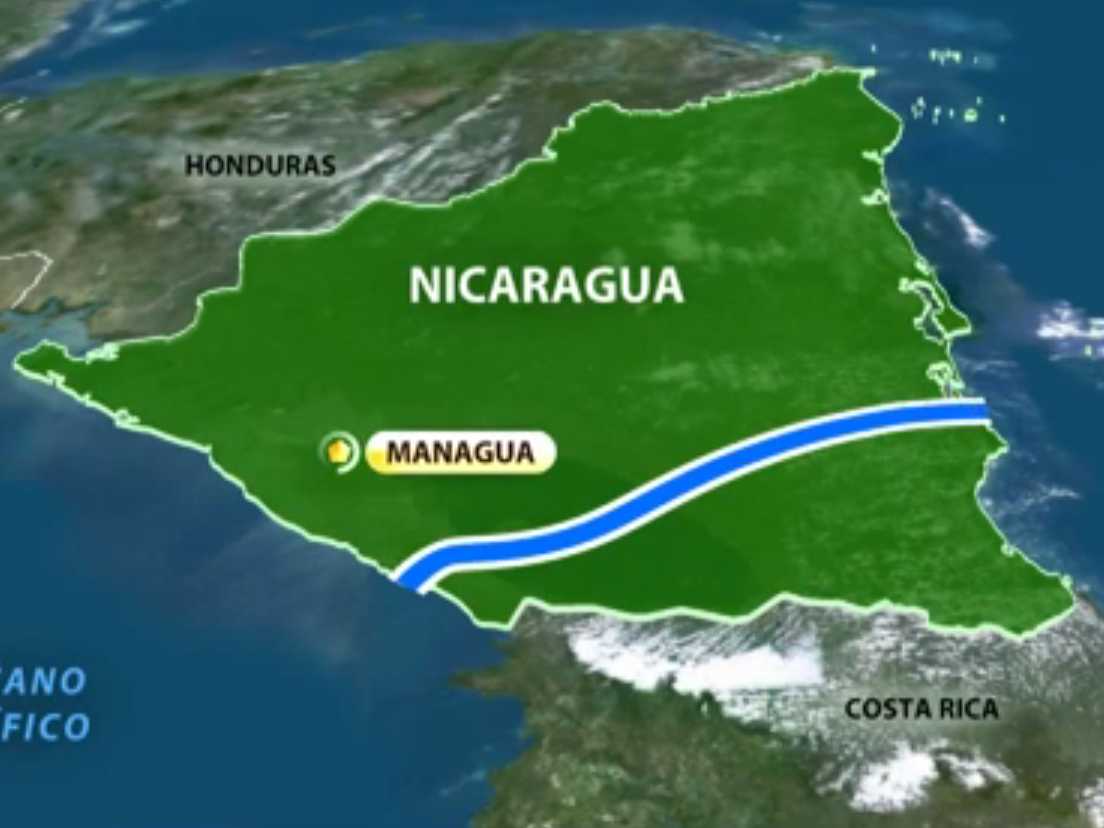[Author]by Ernesto Cardenal
Opinion[/Author]
We must denounce to the world what it is happening in Nicaragua.
The President Daniel Ortega with the all-embracing power that he and his wife have on this country, made the National Congress approve in only one day the creation of a law for the construction of an Interoceanic Canal. This law was not consulted by no means with the population.
On the following day of approved of the law was granted an authorization with extraordinary speed, even though it will affect Nicaragua for more than a hundred years. The authorization was granted to a Chinese man till then an unknown name: Wang Jing. The authorization only grants rights to Wang Jing but it does not impose any obligations on him.
President Ortega has admitted that the authorization was done without the existence of any previous study.
The contract establishes that all the information about the construction of the Canal shall be confidential.
The authorization, which was done without any bid, includes an airport, two ports, a railroad and two tax free zones of free commerce.
All the national geography of Nicaragua has been delivered so that these works are done where Wang Jing want them and it will have all the permissions that are based on his decisions. He will be granted any license, permission or authorization that he demands.
Not even a single cent the State of Nicaragua will get by way of taxes or financial liability for any of the projects.
According to the agreement that was signed, the Chinese company is outside any national regulations and is free from any administrative, civil or penal responsibilities, even if it breaks any of its obligations.
The law is contradictory in many aspects of our Political Constitution.
Also it contradicts other projects that perhaps would be more profitable in the long term cutting in two the tourist corridor of the Pacific coast.
The famous Center Humboldt has declared that the construction of this Canal and its Associated Projects are the biggest threat to the environment of the country in its entire history. It has also denounced that this authorization exempts to all the Associate Projects of the fulfillment of the environmental legislation so exposing the country to an ecological irreversible destruction.
The State of Nicaragua would receive only one percent share in the project every year so that it will take one hundred years before it would have 100 percent control of the canal and related projects.
With every ship that passes through the canal, an enormous quantity of fresh water would be lost to the sea.
The Great Lake will have only one utility: (to assist the) navigation of the ships. We will not be able to produce food by means of irrigation, we will only be able to see passing ships.
Nor will it be possible to drink the water of the lake. The lives of the people who survive by fishing in the lake have not been taken into consideration and they will lose their livelihood.
All our water, superficial and underground will be dedicated to a Chinese man.
To the owners of the lands that will be expropriated, this Chinese man will pay these people at price of salvage property and not at market value.
Thirty six cities would be affected by the loss of the lake, in addition to many minor populations.
The Islets of Granada would disappear, since the sluices would raise by two meters the level of the lake.
This frightening panorama has been called the “Promised Land” by the president Daniel Ortega. (Perhaps he promised it to this Chinese man).
Many experts have stated that Nicaragua would gain more money selling drinkable water than through the income from a Canal that it won’t own or control until after a hundred years have passed.
With this Canal, the country will be divided into two, the Nicaragua of the North and that of the South, like the two Germanys and the two Koreas. There will be two different populations of animals (with the exception of those who will be able to fly) that will become more and more different over time, which will harm our biodiversity.
Solentiname has been declared a National Monument, but without the lake there will not be any more Solentiname. A person from there has said: “ I am going to be eating a lot of fish, because later there will be no more fish, but only the ones canned by the Chinese.”
With this Canal the lake of Nicaragua, which for us is a God’s big blessing, will turn into a curse.
To destroy the Lake of Nicaragua would be the biggest crime in the history of our country, and Ortega would become a figure more reviled than William Walker. (This article was translated from Spanish).









